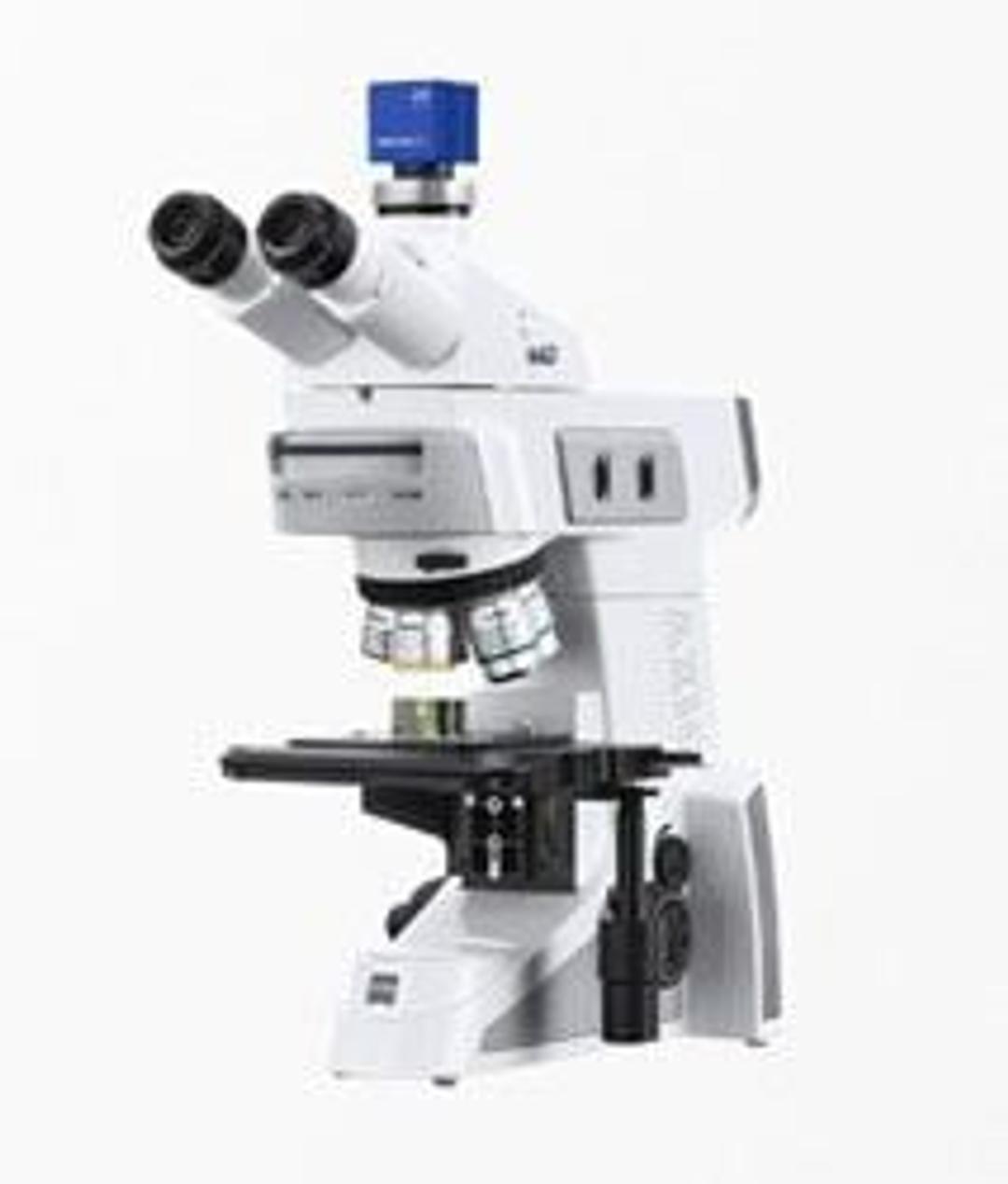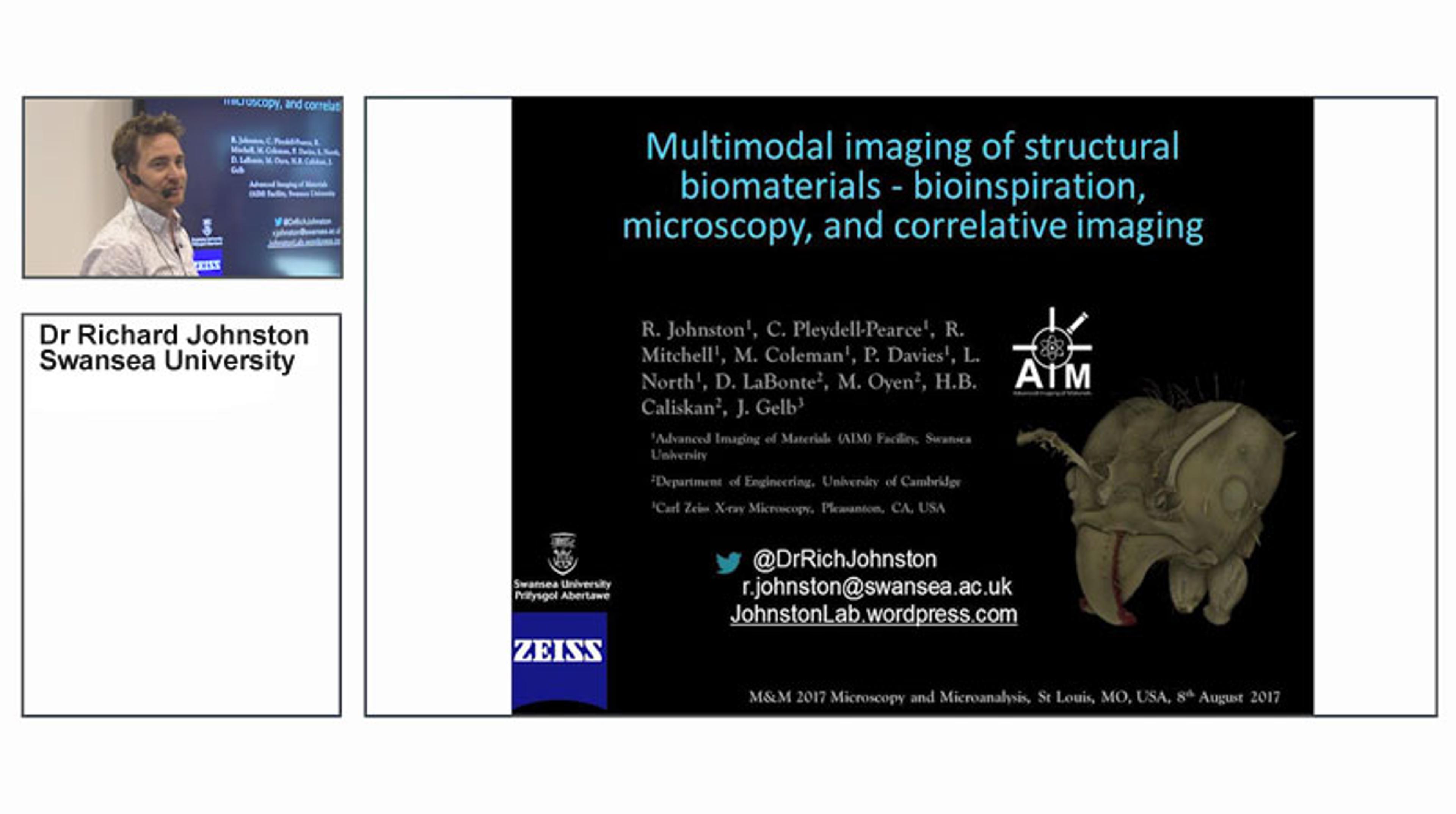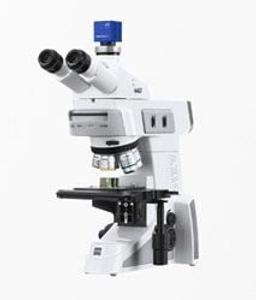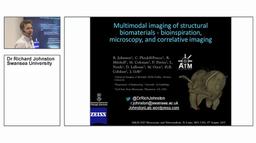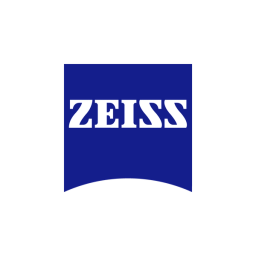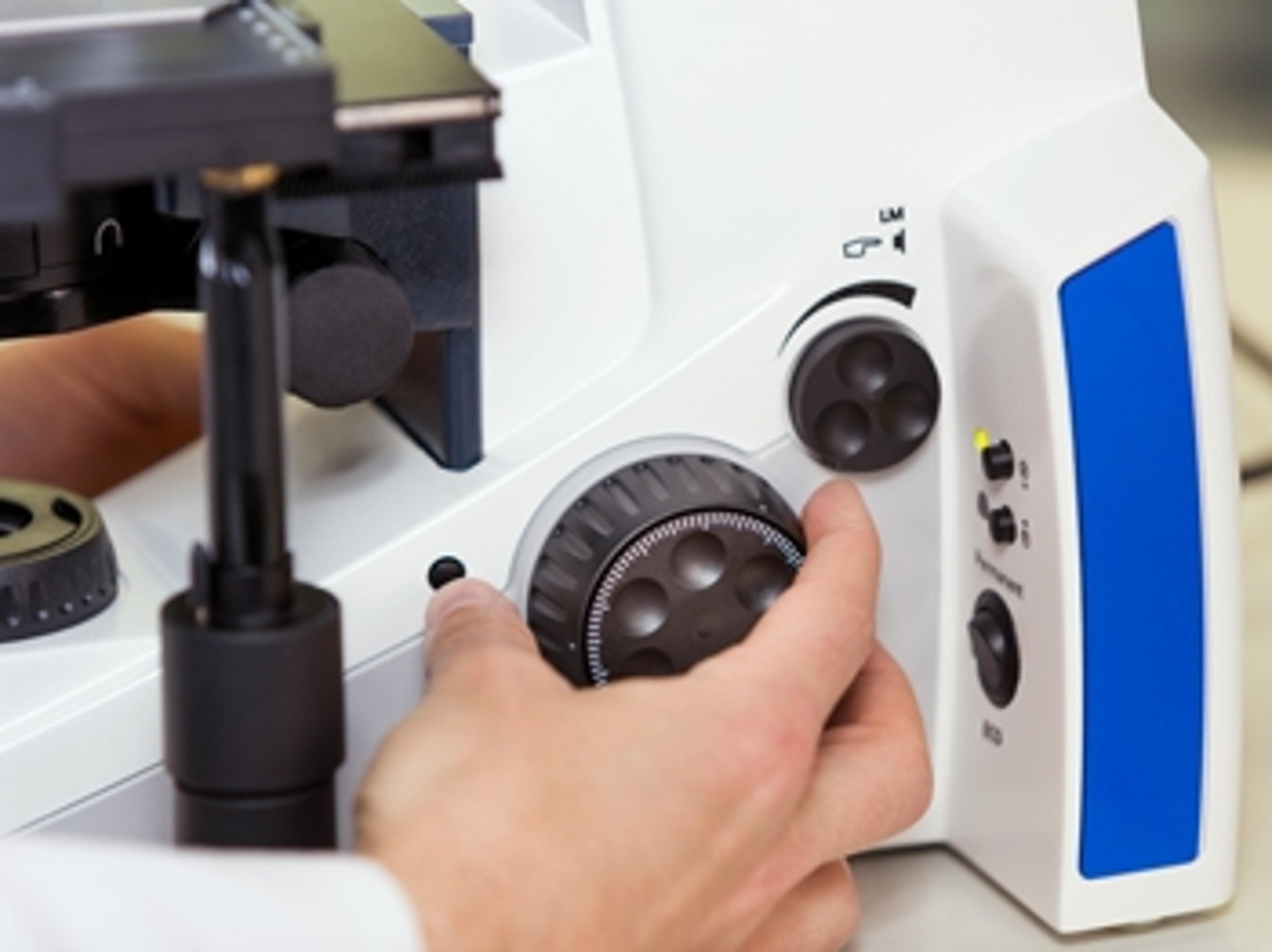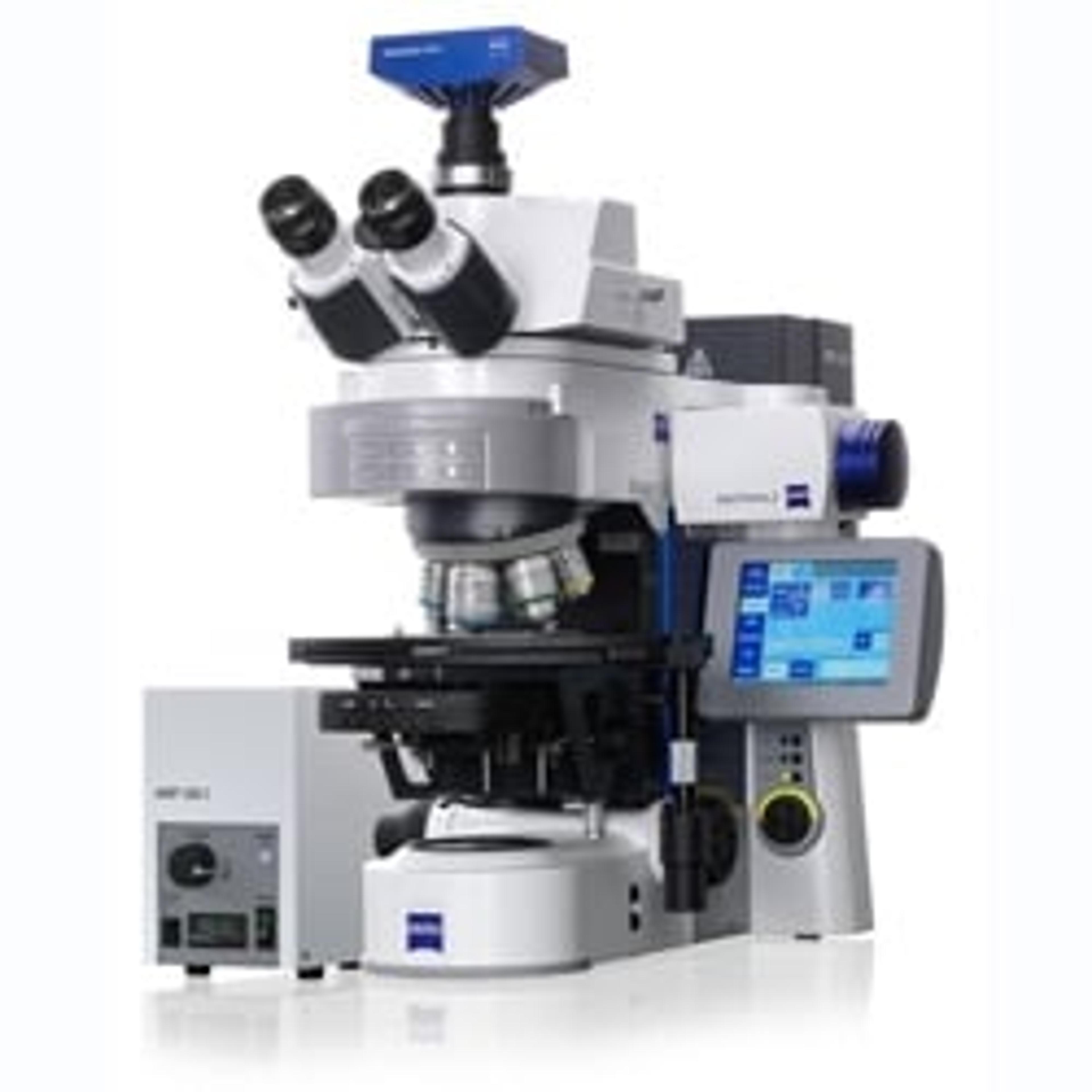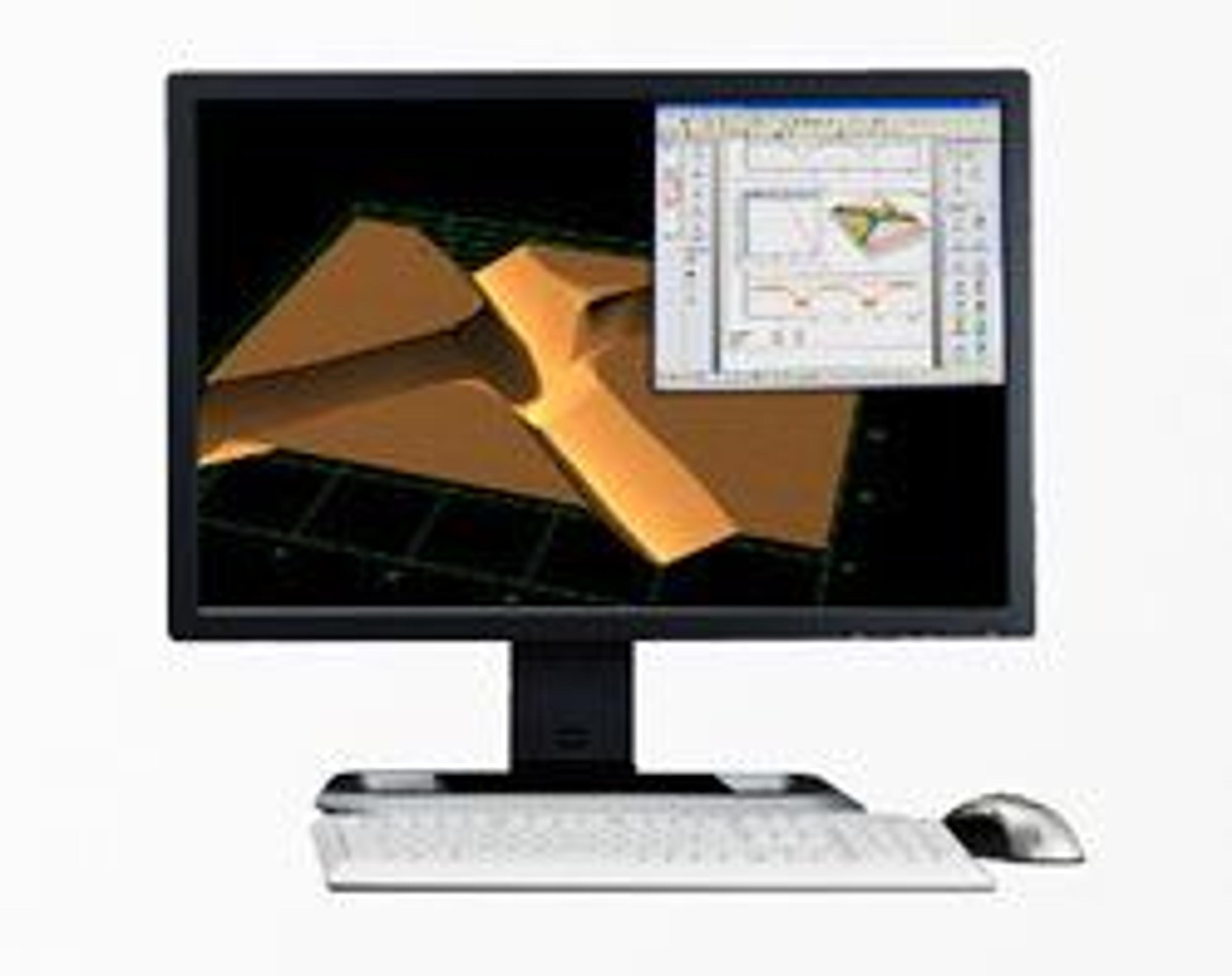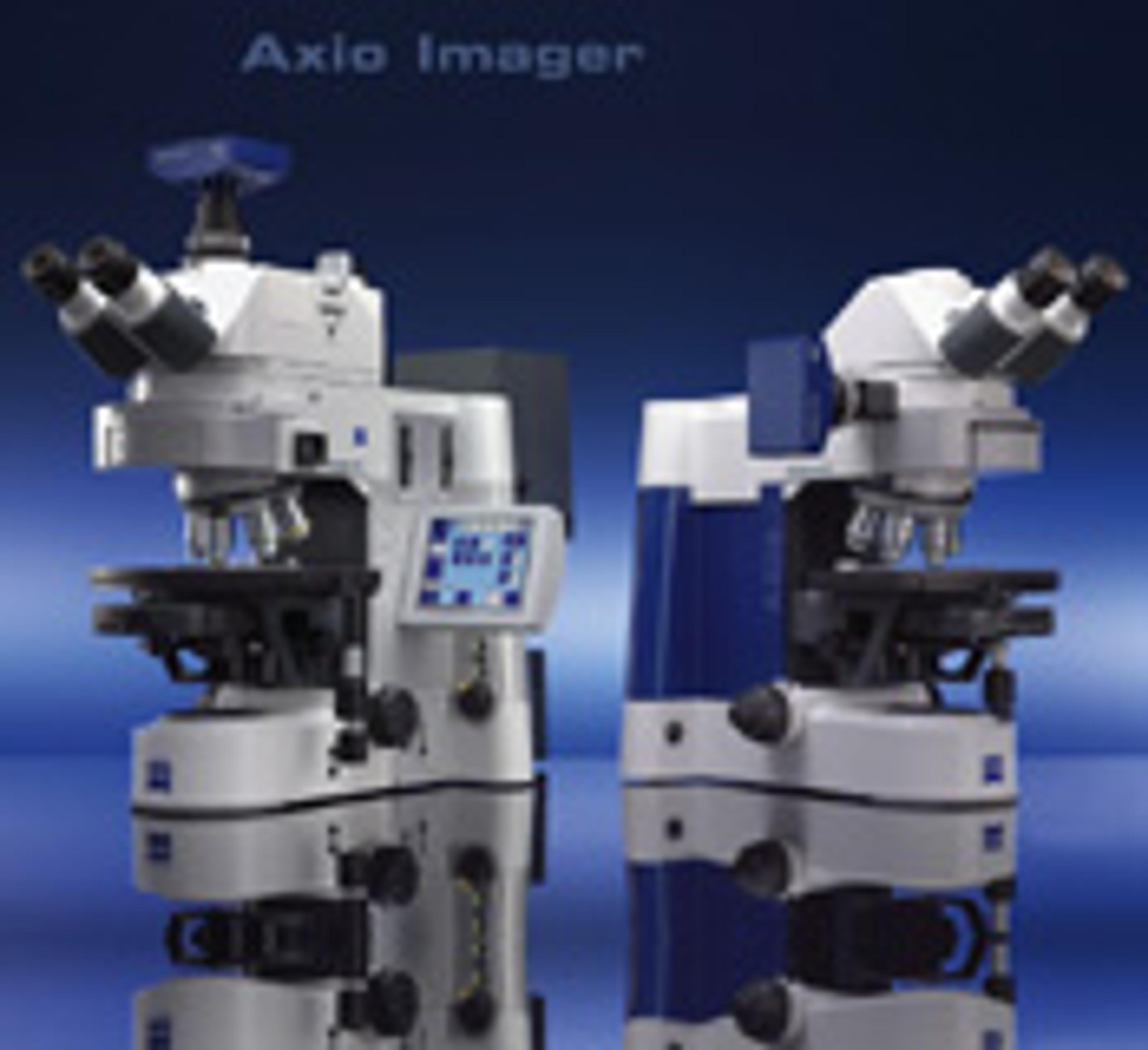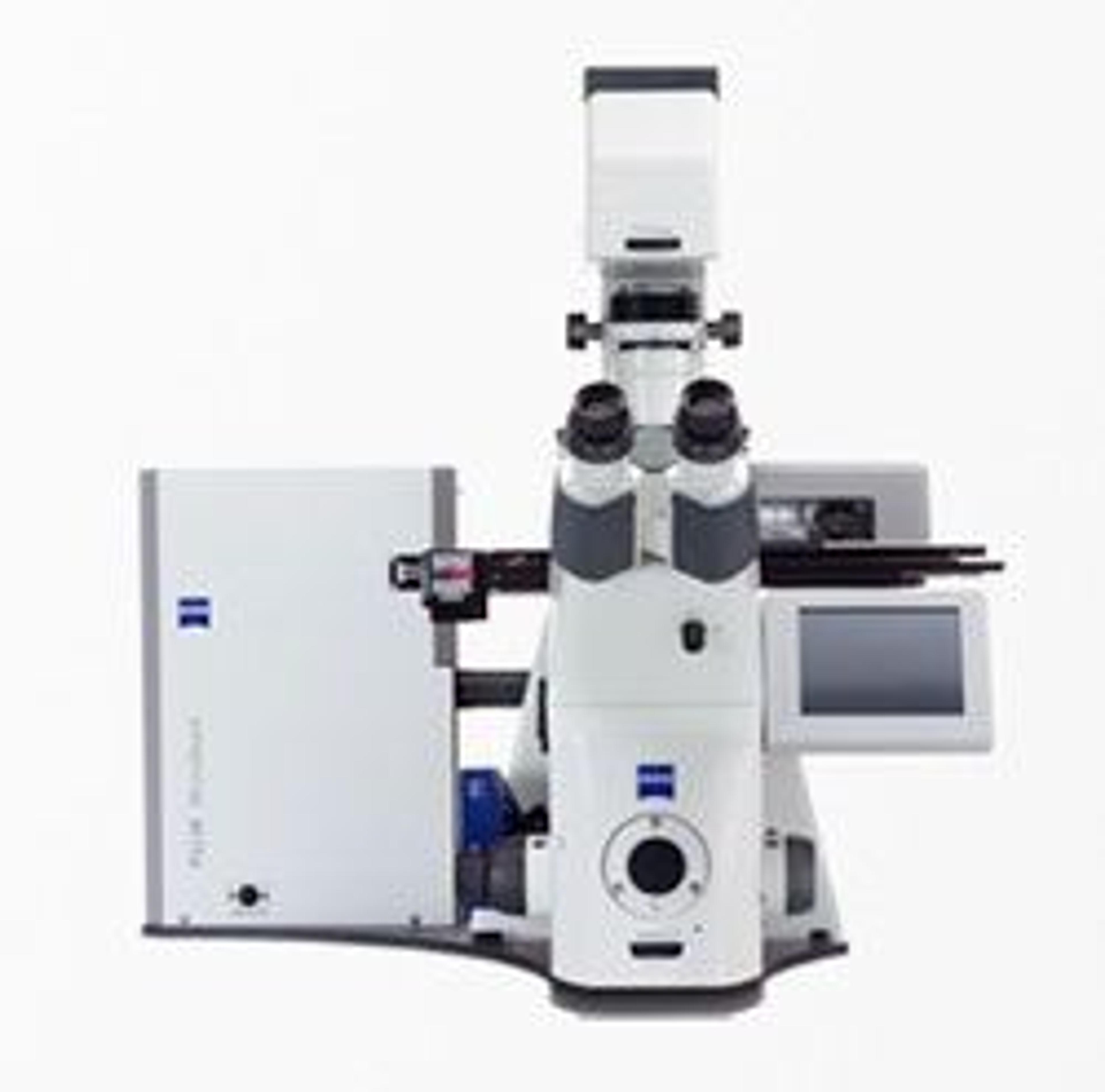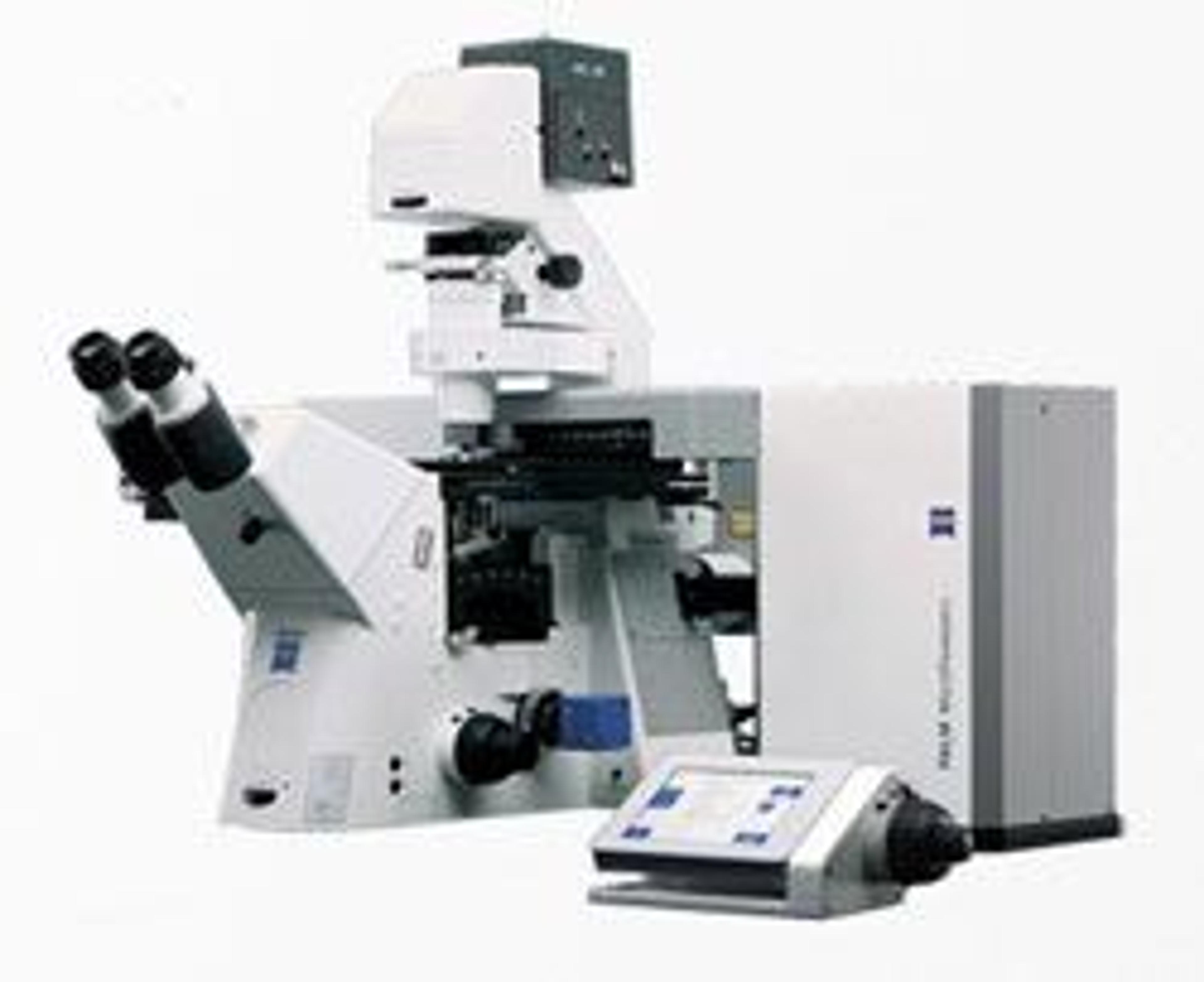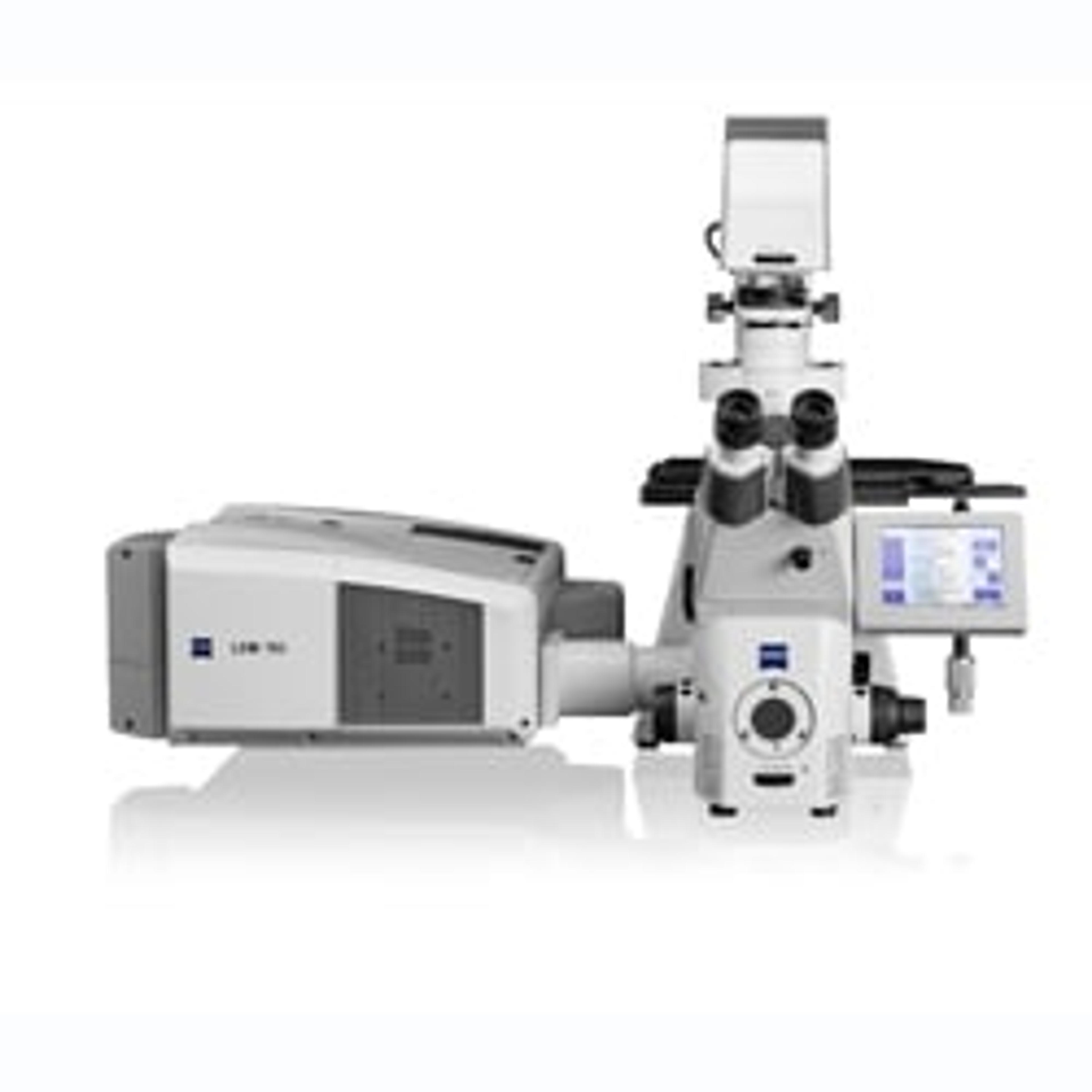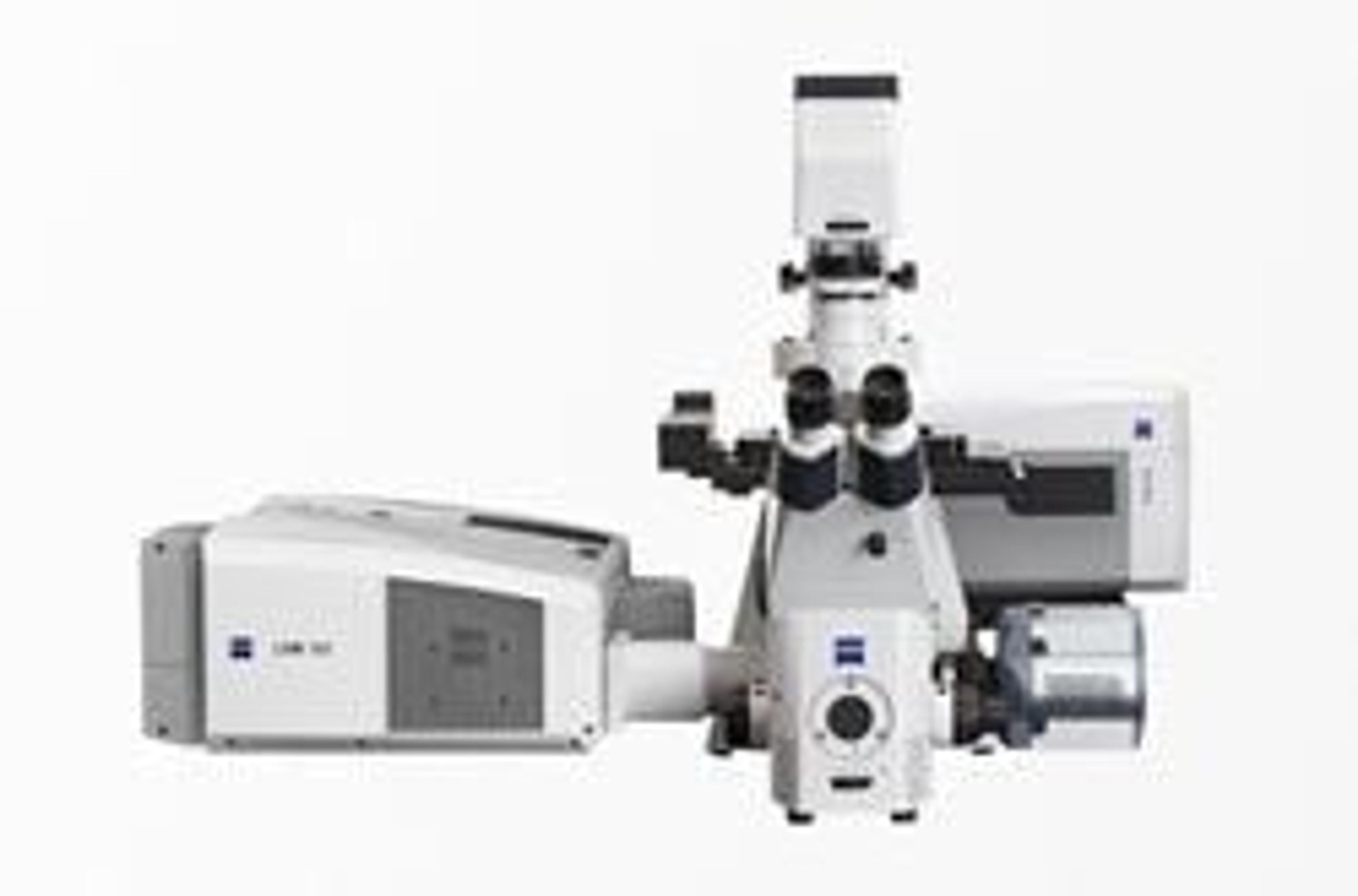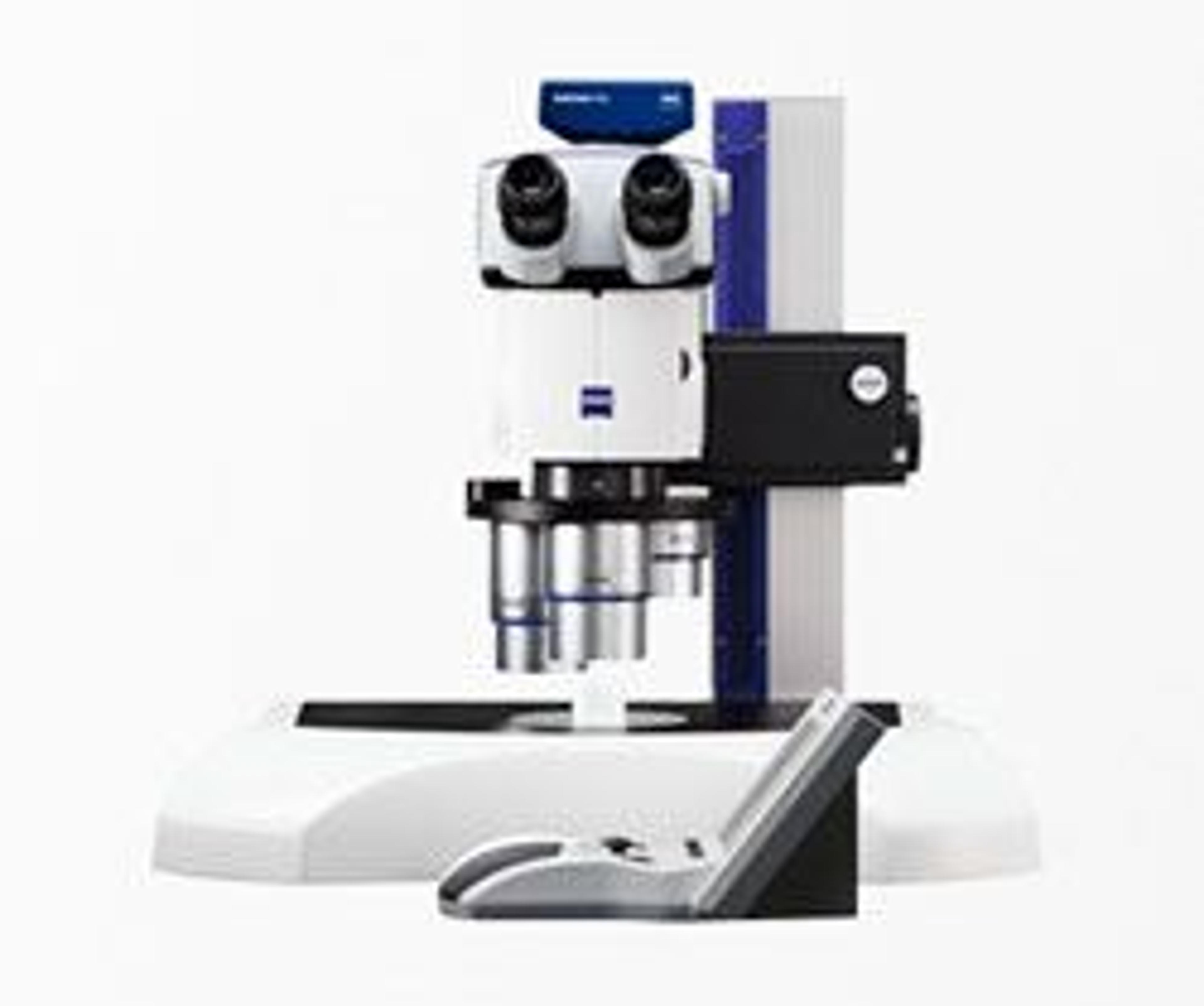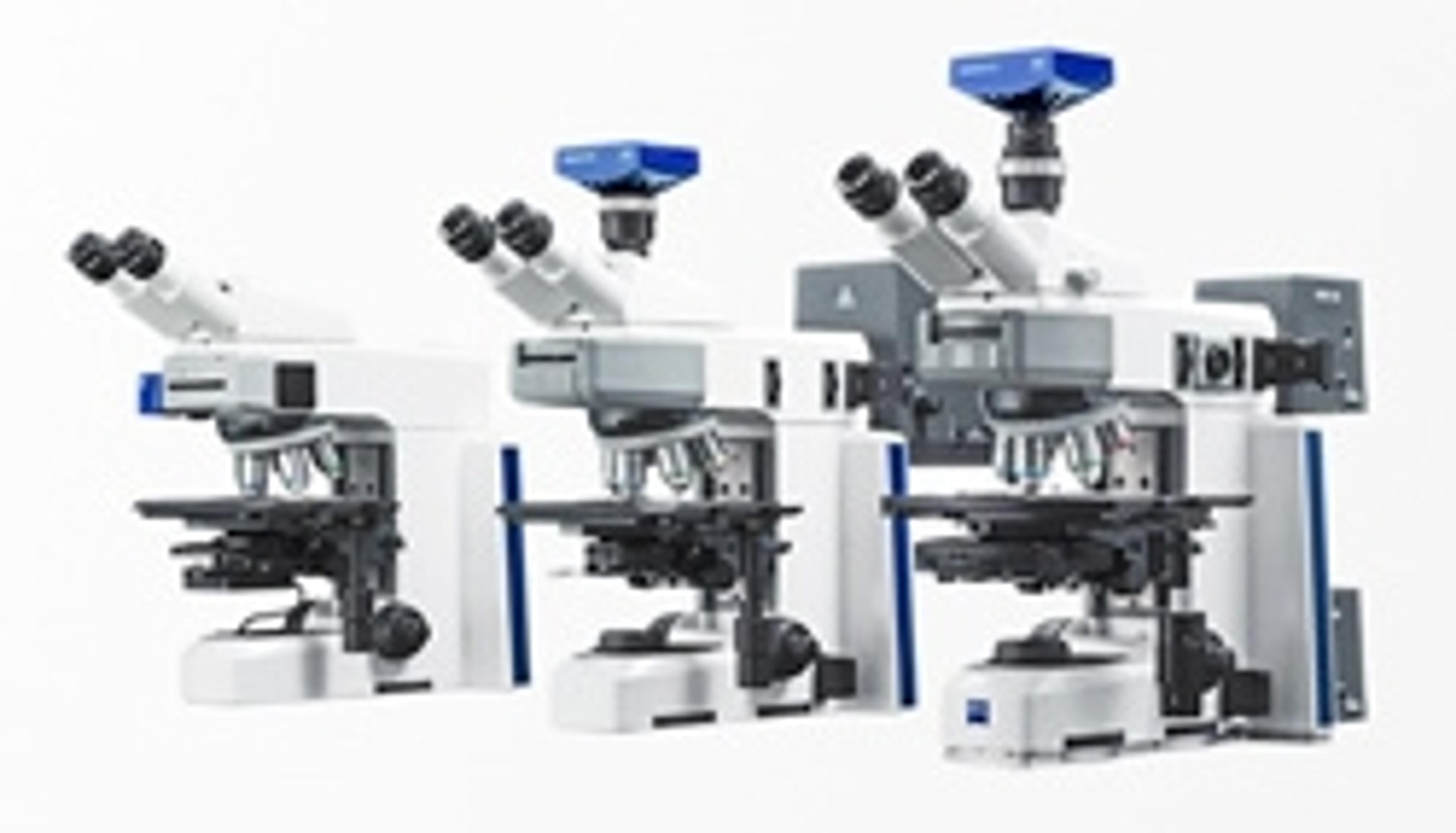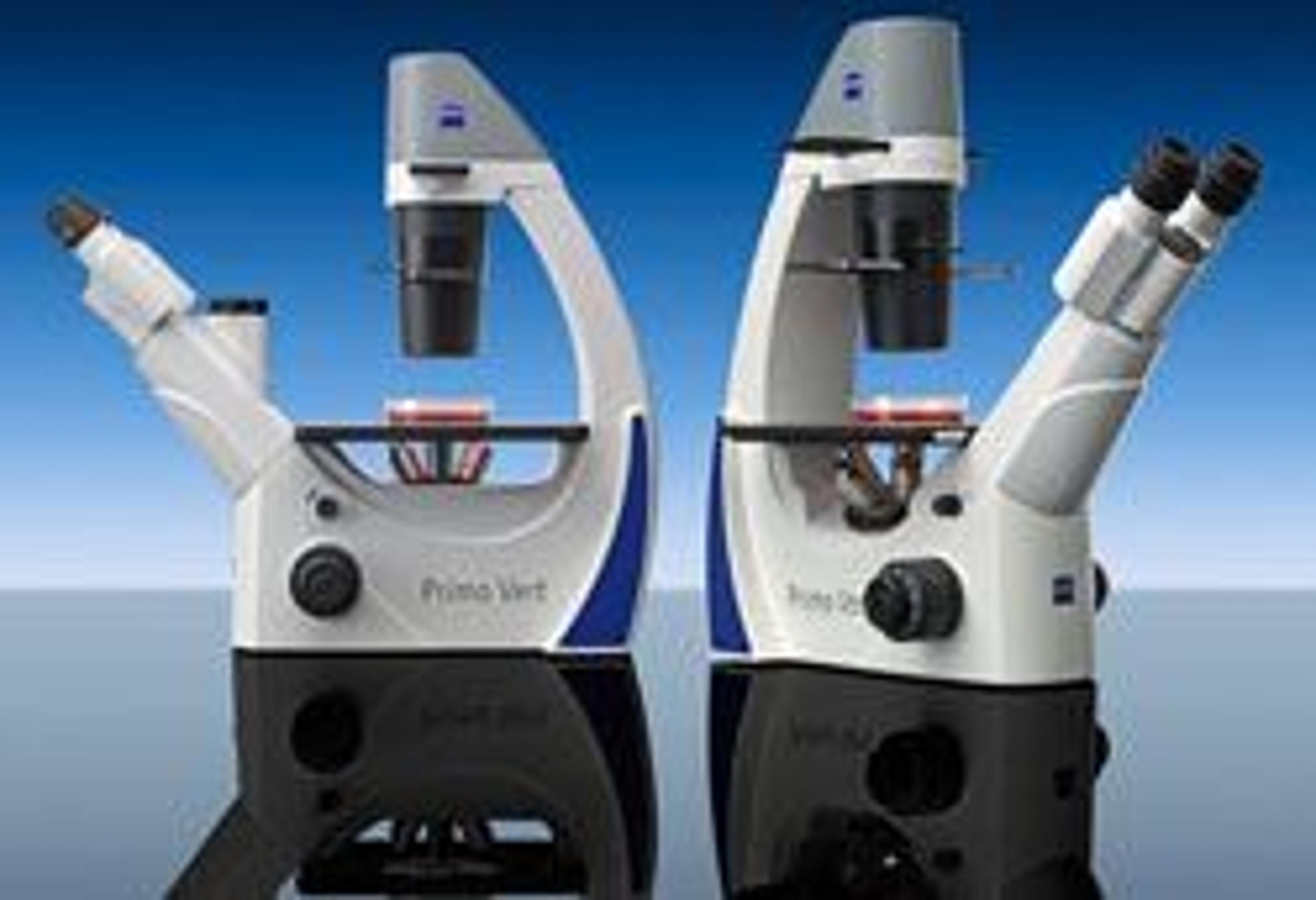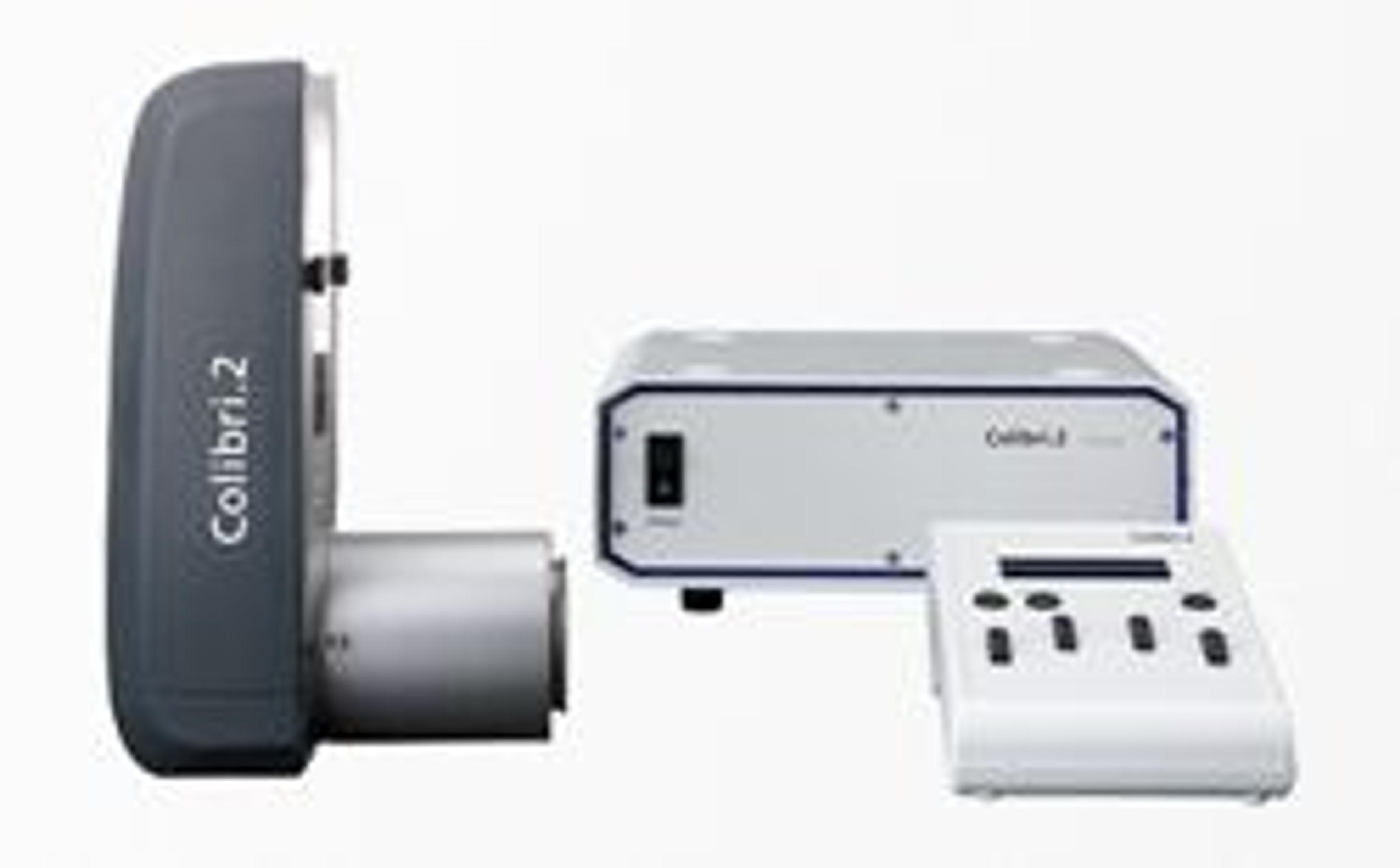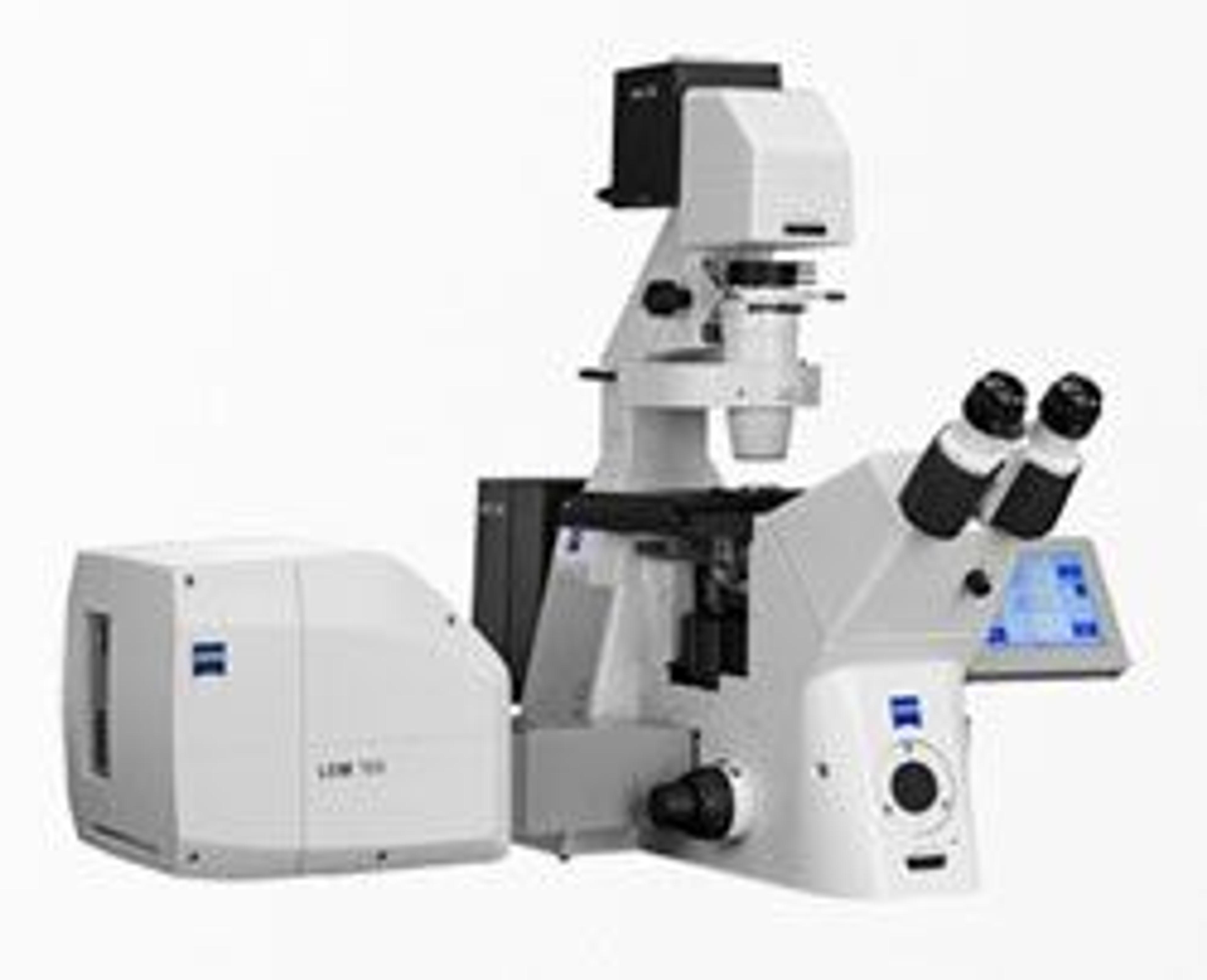ZEISS Axio Lab.A1 for Materials
Your manual routine microscope for materials.
Image clarity is unmatched, images on surface with high % of undulations is great.
Analysis of thermal spray coating
The picture clarity and quality is really outstanding, contours and edges are sharply defined. The microscope is easy to use and the high magnification on undulated surface is admirable. As a researcher, I will always recommend it for laboratories where coatings morphology, chemically etched surfaces and coating interfaces are given importance.
Review Date: 24 Jun 2019 | ZEISS Research Microscopy Solutions
User-friendly, easy to work and maintain.
Microbiology Laboratory
After searching for a good microscope for our lab to be able to do both light microscopy and fluorescent we ended up ordering Zeiss Epi-Fluorescent Microscope. It has definitely a high quality, user-friendly, easy to work and maintain, environmentally friendly, and good service after purchase is always available. The room it takes on the bench top was other characteristics which was important to us and this equipment meet all of our expectations.
Review Date: 18 Feb 2019 | ZEISS Research Microscopy Solutions
Choose the best configuration for your application from three stand versions of Axio Lab.A1: Reflected light illumination and/or transmitted light illumination; Axio Lab.A1 for orthoscopy, Axio Lab.A1 for conoscopy.
With Axio Lab.A1, you are equipped for a broad range of applications with high sample throughput in metallography. When examining structures, you analyze the grain size and microstructure of metals or capture information about the mechanisms that has led to a material defect, such as fatigue, corrosion, stress cracks and fractures. Document your results with a broad range of 1.3 to 12 megapixel digital cameras.
Polarization contrast lets you characterize hair, earth and fiber microstructure in forensic examinations of criminological samples. You analyze lacquer and paint chips using brightfield, fluorescence and polarization microscopy. If you work as a geologist, you examine rock sections and mineral samples, for example, for oil production. In environmental protection, you identify the microstructure of materials such as asbestos fibers.

